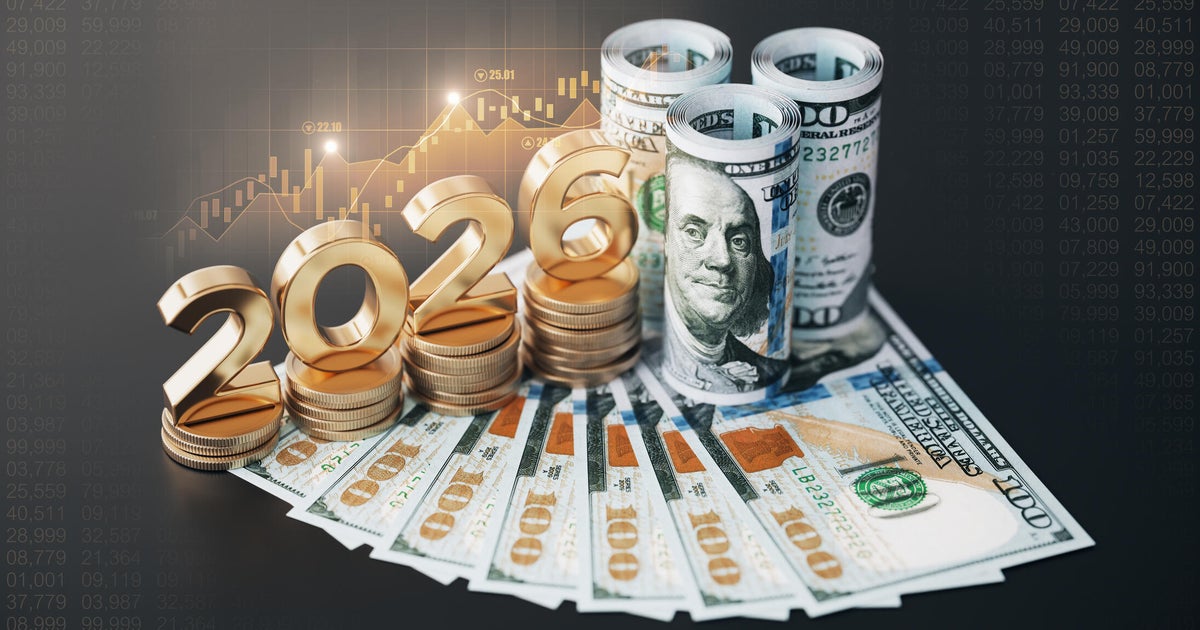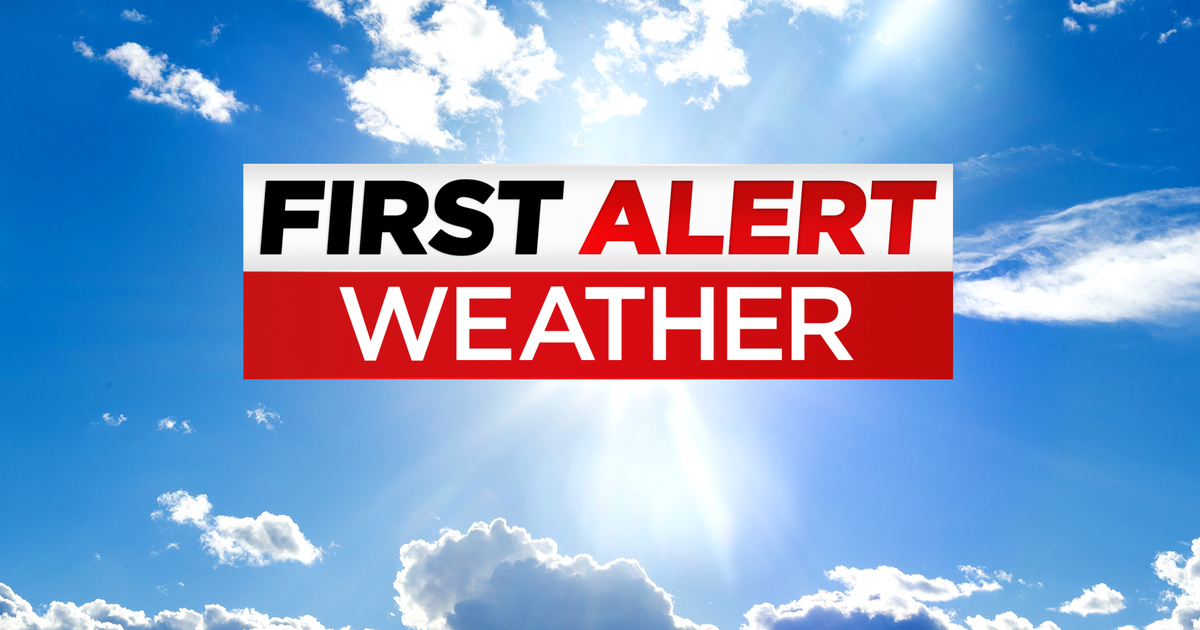Savings account interest rate forecast: What experts predict for this year, 2024
For much of the time following the 2008 recession, savers have barely been able to earn interest on the money they keep in their savings accounts. Since last year, however, bank account interest rates have shot up, due largely to the Federal Reserve's rate hikes to fight inflation.
Now, many financial institutions offer attractive savings account rates, particularly for high-yield savings accounts. While the national average rate for savings accounts is 0.43%, according to the FDIC, many banks and credit unions have annual percentage yields (APYs) above 4% or even 5%.
You might have to do some research to find these rates, as your current bank might not offer competitive yields, but as more savers turn toward high-yield accounts, that could push up rates across the board.
"Banks will make as much as they can off consumers who fail to act, but eventually there won't be enough of the unaware for the banks and they will start losing deposits, so they will have to get competitive," says Tom Siomades, CFA, chief investment officer at AE Wealth Management.
But aside from this competition perspective, will savings account rates continue to rise this year and into next? Or have we reached a peak? Below, we'll examine savings account interest rate forecasts from several experts. Like any financial prediction, however, you might consider the information without taking it as a guarantee.
Savings account interest rate forecasts for 2023
Many experts think savings account interest rates won't change much through the end of the year. If the Fed raises rates again, that could push rates higher, but even then the impact would likely be small, based on current expectations.
Ernie Goss, professor and Jack A. MacAllister Chair in regional economics at Creighton University, forecasts a 0.25% increase in savings account rates through the end of the year.
Others think the changes will be even more muted.
"Savings account rates should remain fairly flat through the end of 2023," says Adam Moelis, co-founder and CEO at Yotta Savings. "Inflation seems to be coming down to the Fed's 2% target, and I don't expect any more rate hikes barring any surprises on inflation."
Similarly, Brian Kuhn, CFP, SVP financial advisor at Wealth Enhancement Group, agrees that rates probably won't move much in either direction over the next few months.
"For the remainder of 2023, it's difficult to forecast any major movements in savings accounts, given we have the possibility of limited additional Fed rate increases opposite a slowing economy. However, that means it doesn't seem likely savings account rates will go down rapidly," he says.
Explore your high-yield savings account options now and start earning more interest!
Savings account interest rate forecasts for 2024
While many experts expect minimal movement in 2023, next year could see rates starting to fall. Still, these changes would likely occur at a measured pace.
"For 2024, we could see the Fed stop raising rates and possibly start lowering them. This could negatively affect savings rates, but it's unlikely we would see the pace of lowering be as fast as the increases that occurred over the last 18 months," says Kuhn.
These changes could occur if the economy turns south.
"With a dramatically inverted yield curve, I do not think it's possible at this point to avoid a recession. I'm not sure when it will come, but I think certainly by 2024 it will arrive," says Bryan Cannon, CEO and chief portfolio strategist at Cannon Advisors. "When it does, the Fed will halt any further rate hikes and eventually begin to lower them. Lower rates will bring down savings account interest rates."
Keep in mind, however, that not everyone thinks a recession will occur. Many still predict a soft landing, where the economy slows down but does not turn negative as inflation gets under control.
In 2024, "savings accounts will experience rates moving sideways for the year. That is, rates will move up and down a bit but will be anchored at the rate at the beginning of the year," says Gross. "This is because the Federal Reserve controls short-term interest rates, and the Fed will hold short-term interest rates and the funds rate constant for the full year as the economy is balanced between inflation concerns and recession concerns."
But even if the Fed cuts rates, savings accounts could remain attractive for many individuals, as rates could take time to come down. "In 2024, I expect rates to come down modestly as inflation returns to the Fed's target rate. Savings accounts will still be a good option for consumers," says Moelis.
Learn more about your savings account options here today.
Savings account alternatives to consider
While several experts think savings account rates will remain strong, other types of accounts and investments could be a good alternative for some individuals.
For example, for those who want more certainty with their yields, certificates of deposit (CDs) or Treasuries could be a good fit.
"An advantage is that some of these products will lock in a rate for a period of months or years, compared to a savings account where the rate could easily go back down at the bank's discretion," says Nick Bormann, CFP, investment advisor at Bormann Wealth Management.
CDs can be particularly attractive for those who want more discipline in their savings.
"They typically pay a higher rate than a traditional savings account, and they lock your money up so you are not tempted to raid your savings," says Siomades.
Right now, short-term CDs tend to pay higher yields than long-term ones, but that could change if the Fed starts to cut rates.
"With the yield curve inverted, longer-term durations provide lower yields that may not be attractive in today's rate environment. However, these could become very attractive if the US goes into a recession, which will force the Fed to begin lowering rates," says Cannon. "Spreading some of your longer term cash along the yield curve could make a lot of sense as an alternative to traditional savings accounts."
Those with debt might also turn their attention toward paying that down, rather than putting money into savings accounts.
"As high as savings account rates have gotten, paying 20% or more on credit card debt will be higher," says Kuhn.
In other words, the interest you can earn from savings accounts is generally less than the interest you'd pay on credit card debt, so you might dip "into savings to pay any accumulated debt down," he adds.
Lastly, individuals might turn to investments like stocks, rather than only holding cash in savings accounts.
"Over the long term, diversified index funds are always a good option. You have to be willing to accept more volatility, as in the short term you may experience losses. But if history is any indicator, over the long run, you'll likely do well holding a diversified portfolio of stocks," says Moelis.
As you can see, there are many ways to store and invest your money, with varying pros and cons. So, while high-yield savings accounts can be a good place to earn interest income in the current environment, you still might consider these other options, especially if you have extra cash beyond emergency savings.
Compare your options and consider speaking with a trusted professional for more guidance.






